The Dakota apartment building in Manhattan’s Upper West Side is interesting for a bevy of reasons, but the one that trumps it all is its connection to The Beatles’ founder, John Lennon‘s untimely death.
Constructed between 1880 and 1884, it was designed by Henry Janeway Hardenbergh, the architect behind New York’s Whitehall Building and Plaza Hotel, and has been home to an almost unbelievable list of show business icons: Leonard Bernstein, Rosemary Clooney, Boris Karloff, Judy Garland, and Gilda Radner, to name a few. But it seems likely that the New York landmark will always be remembered instead for the event that occurred in its archway on the evening of Dec 8, 1980, when John Lennon was shot in the back by a Beatles fan, Mark David Chapman, who mortally wounded the singer.
Who was Mark David Chapman, John Lennon’s killer?
By 1980, Chapman had established himself as an unusual guy. A recently unemployed security guard with no criminal history, he had a less-than-ideal childhood marked by substance abuse and bullying, which led him to embrace born-again Christianity at age 16. Despite experiencing some popularity through his work with the YMCA, he suffered from intense feelings of failure and low self-esteem, with his depression culminating in a failed suicide attempt at 22.
Chapman’s adult life has been almost uniformly depicted as a monument to obsession. Much of his attention was focused on J.D. Salinger’s The Catcher in the Rye, the closest thing most young people at the time had to a burned CD of The Black Parade. The novel’s depiction of a lonely young man, his escalating sense of alienation, and his resulting decision to punish hypocrites struck a chord with Chapman.
Why did Mark Chapman kill John Lennon? The complicated mentality of John Lennon’s killer, explained
Compounding on these feelings, Chapman had become deeply focused on the music of the Beatles, and would later voice anger about lyrics and interviews from John Lennon in which the former frontman had expressed heretical points of view – that the Beatles were “bigger than Jesus,” or that he didn’t believe in almost anything, including God, Jesus, and the Beatles as stated in the lyrics to “God.” Additionally, Chapman would go on to voice anger at the song “Imagine” and its instruction to “imagine no possessions” on two fronts: Not only was it being sung by a man profiting from millions of record sales and living a life of luxury, but it also tapped into some mid-Cold War, classic Americana rage, toeing the line of communist sentiment in a way to which Chapman didn’t cotton.
So Chapman went to the Dakota building on the morning of Dec. 8, where he met resident John Lennon outside the entrance and asked him to sign his record. Lennon did so, reportedly behaving in a cordial and appreciative manner, and then left. Chapman waited. He waited all day.
Around 10:50 in the evening, when Lennon and his wife, Yoko Ono, returned to the building, they walked past Chapman in the Dakota’s archway. Chapman recalled making eye contact with Lennon, allowing him to pass by before brandishing a .38 revolver and firing five shots at the singer’s back. Four of the five bullets hit their target, and three out of four exited through the other side of his body, with the fourth becoming lodged in his neck. Lennon was rushed to Roosevelt Hospital in a squad car in less than ten minutes, and every attempt was made to save his life, up to and including opening his ribcage in a desperate attempt to repair the damage. Efforts to resuscitate the pop culture icon were unsuccessful, and he was pronounced dead by 11:15. He was 40 years old.
Chapman, meanwhile, waited patiently to be arrested, apologizing to the responding officers for having ruined their evening when they arrived to take him in. In the years that followed, his struggles with mental health have made his true motives for the crime difficult to pin down – sometimes he’ll say that he would have been happy killing anyone famous and that Lennon was chosen out of convenience. Other times, he’s either argued that notoriety had nothing to do with his actions, supported theories from religious figures that his actions were inspired by the forces of darkness, or claimed that he really only killed John Lennon to try to get more people to read The Catcher in the Rye, the book that he had on his person at the time of Lennon’s murder, and which he would read from during his sentencing hearing when asked if he had anything to say in his defense.
Chapman was sentenced to 20 years to life and has been denied parole 12 times. His 13th parole hearing is scheduled for February 2024.

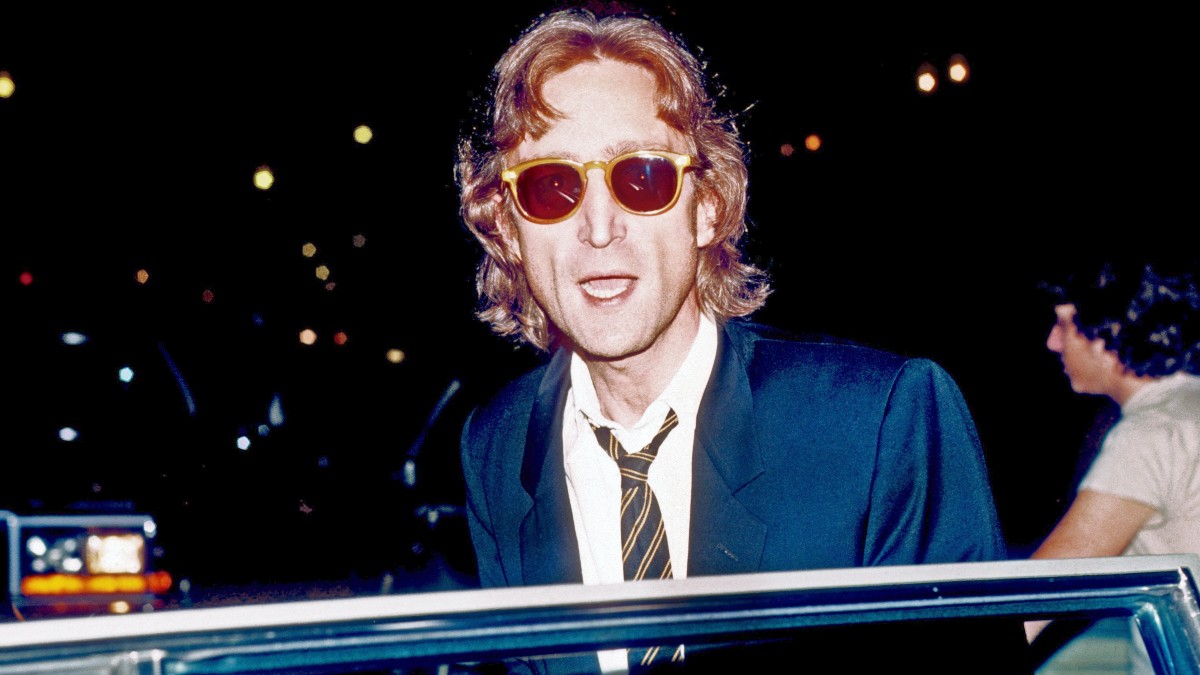

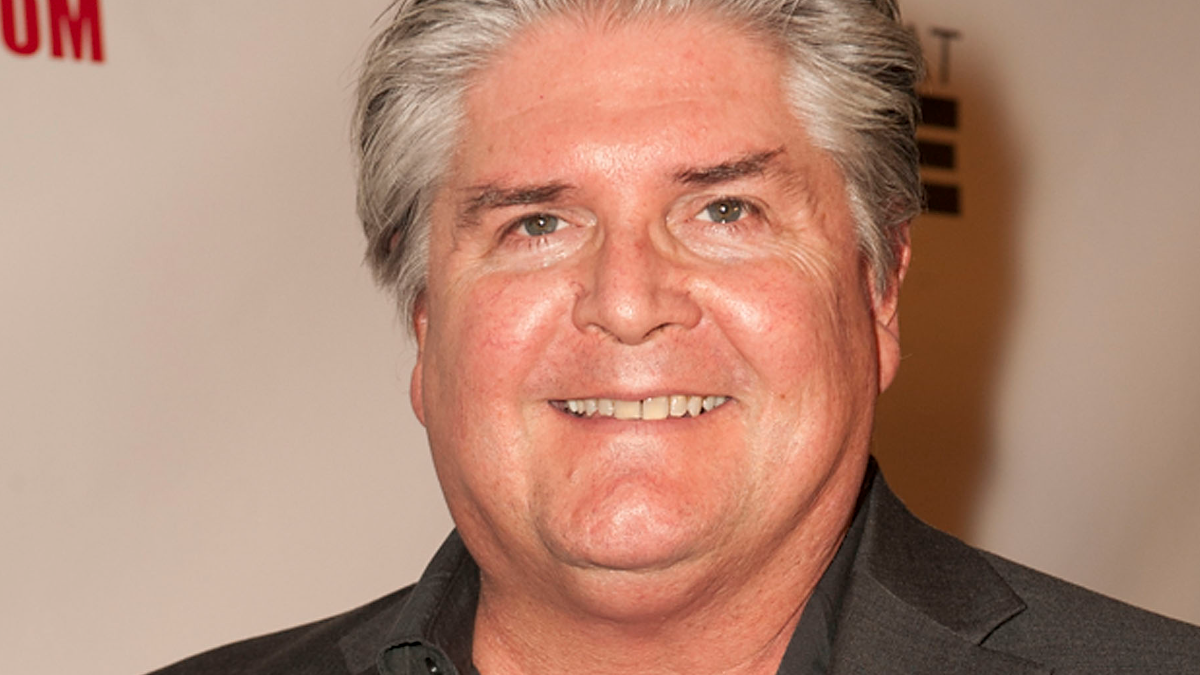

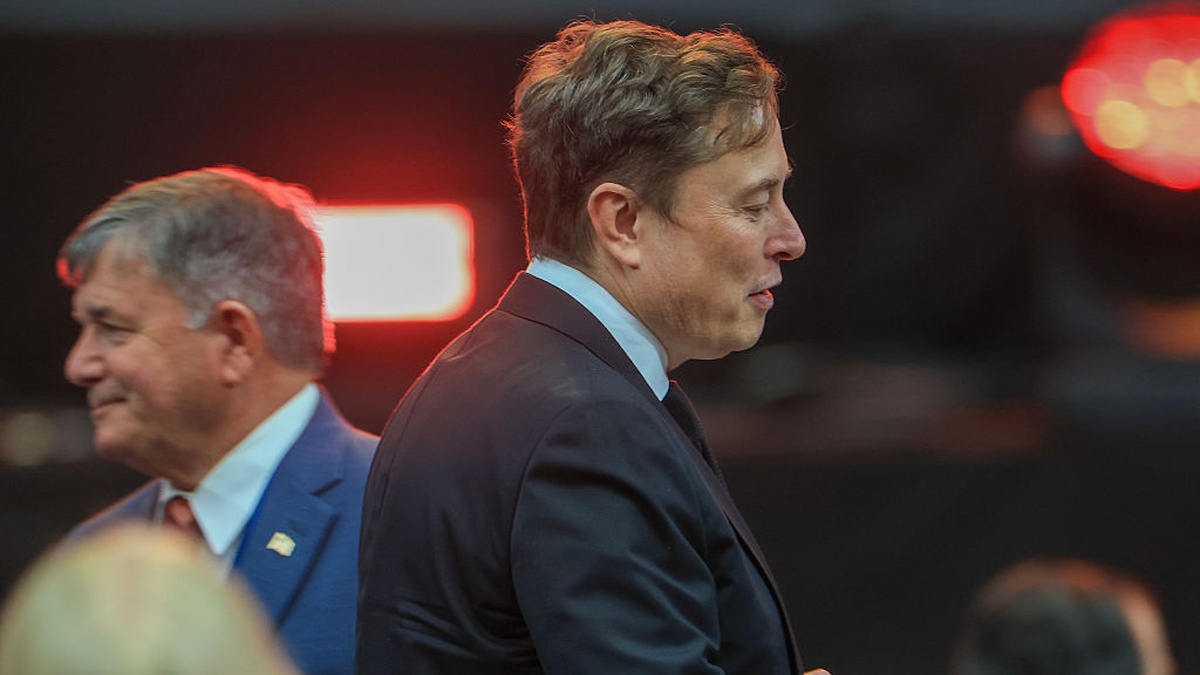
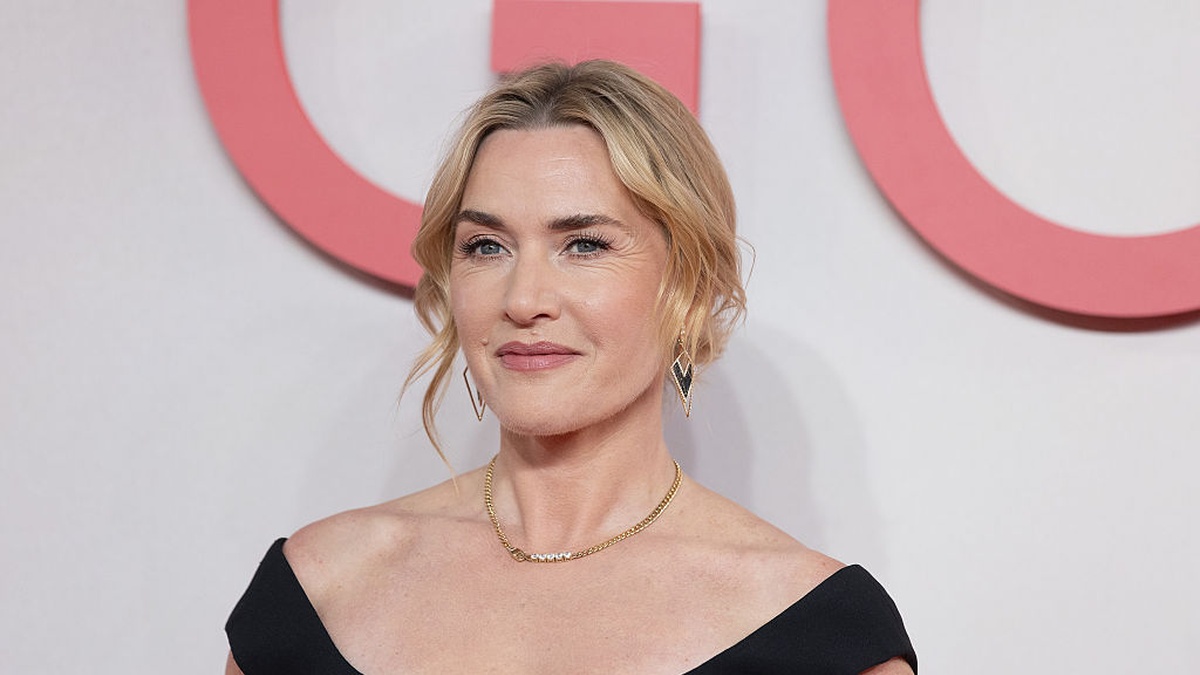
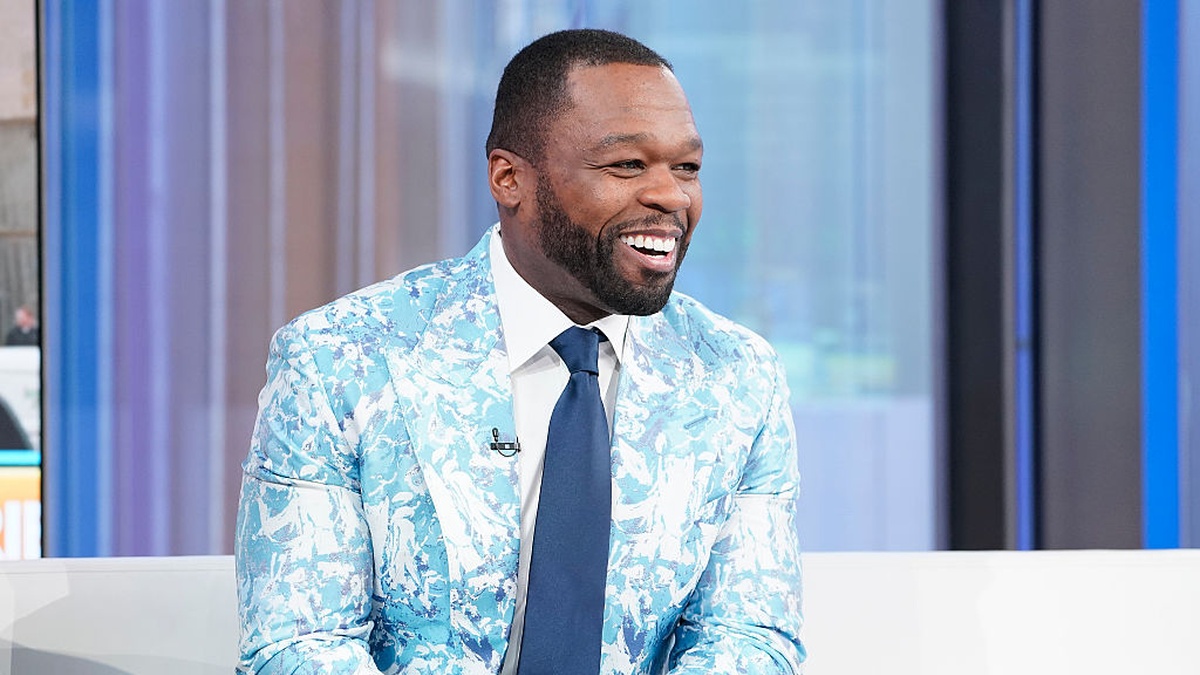
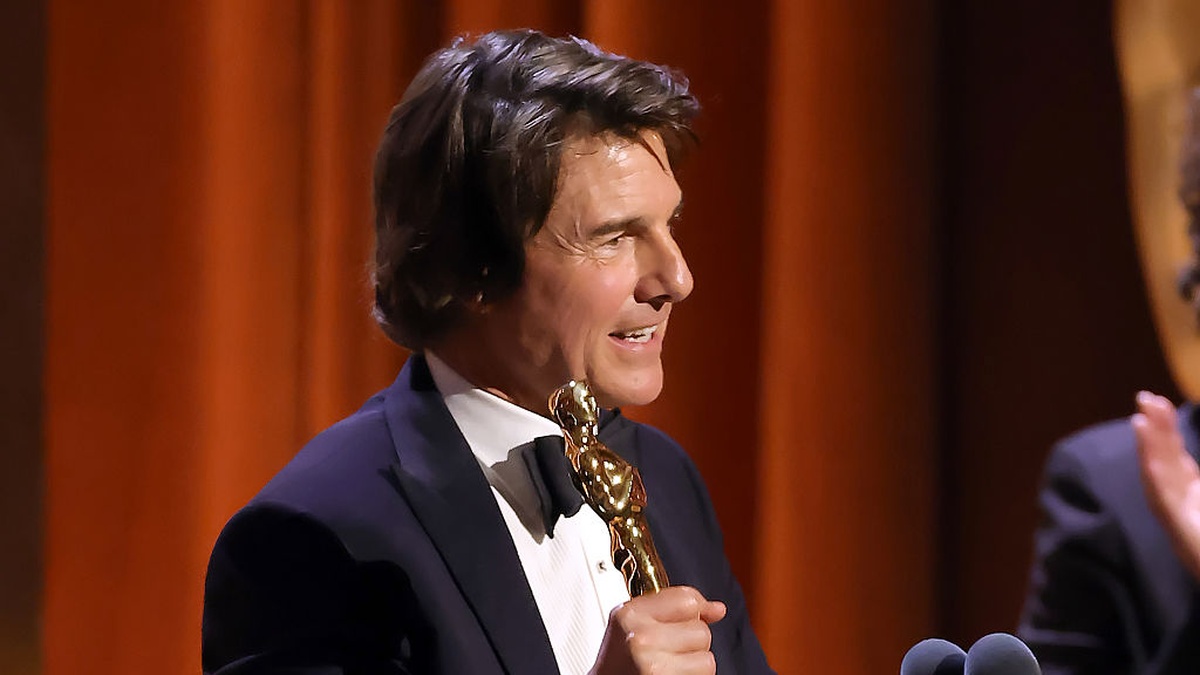


Published: Dec 9, 2023 03:28 pm